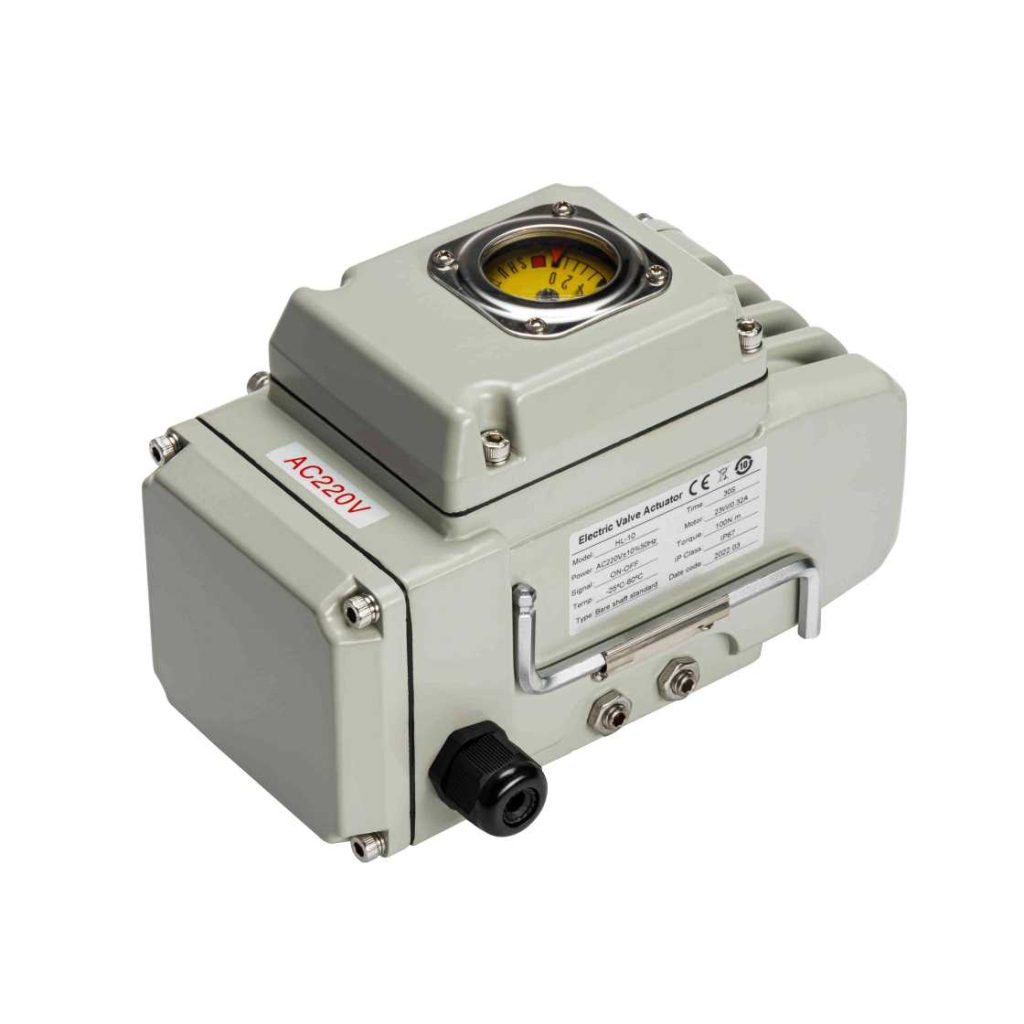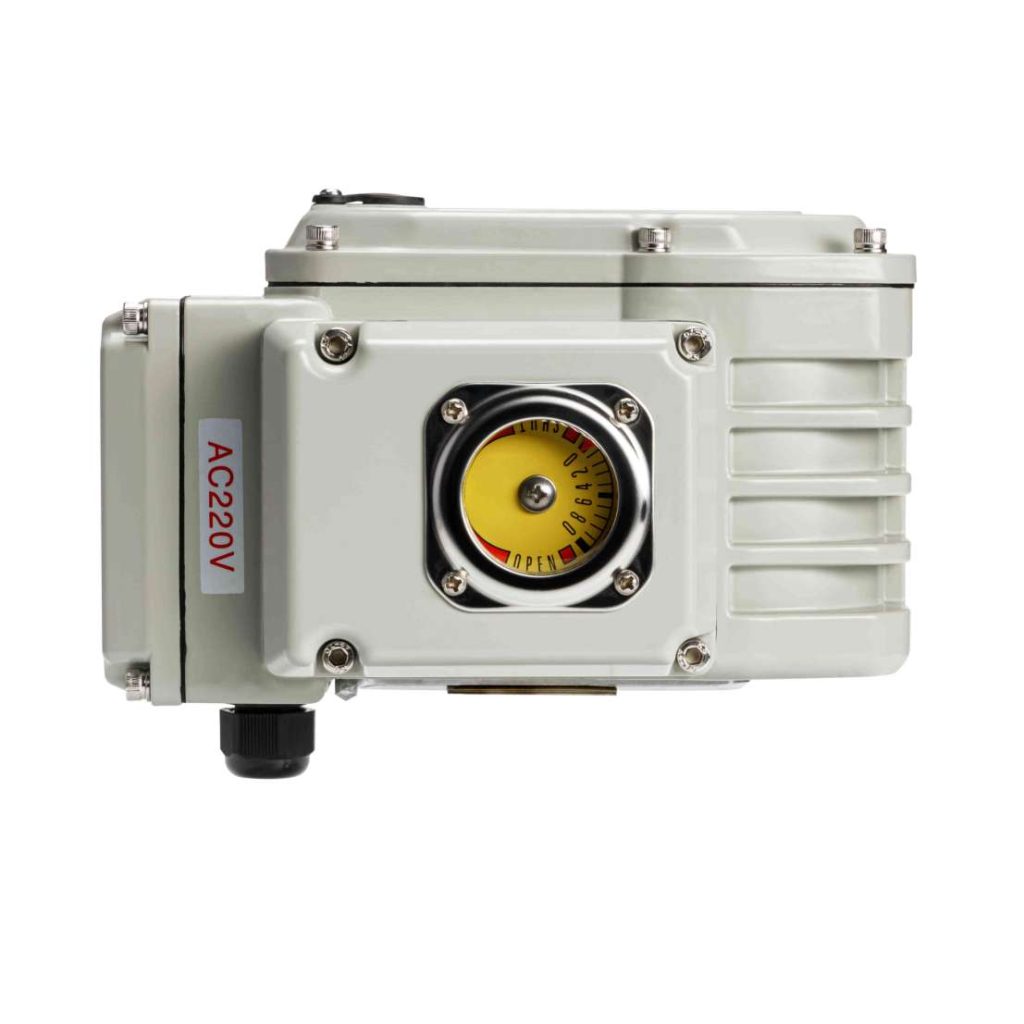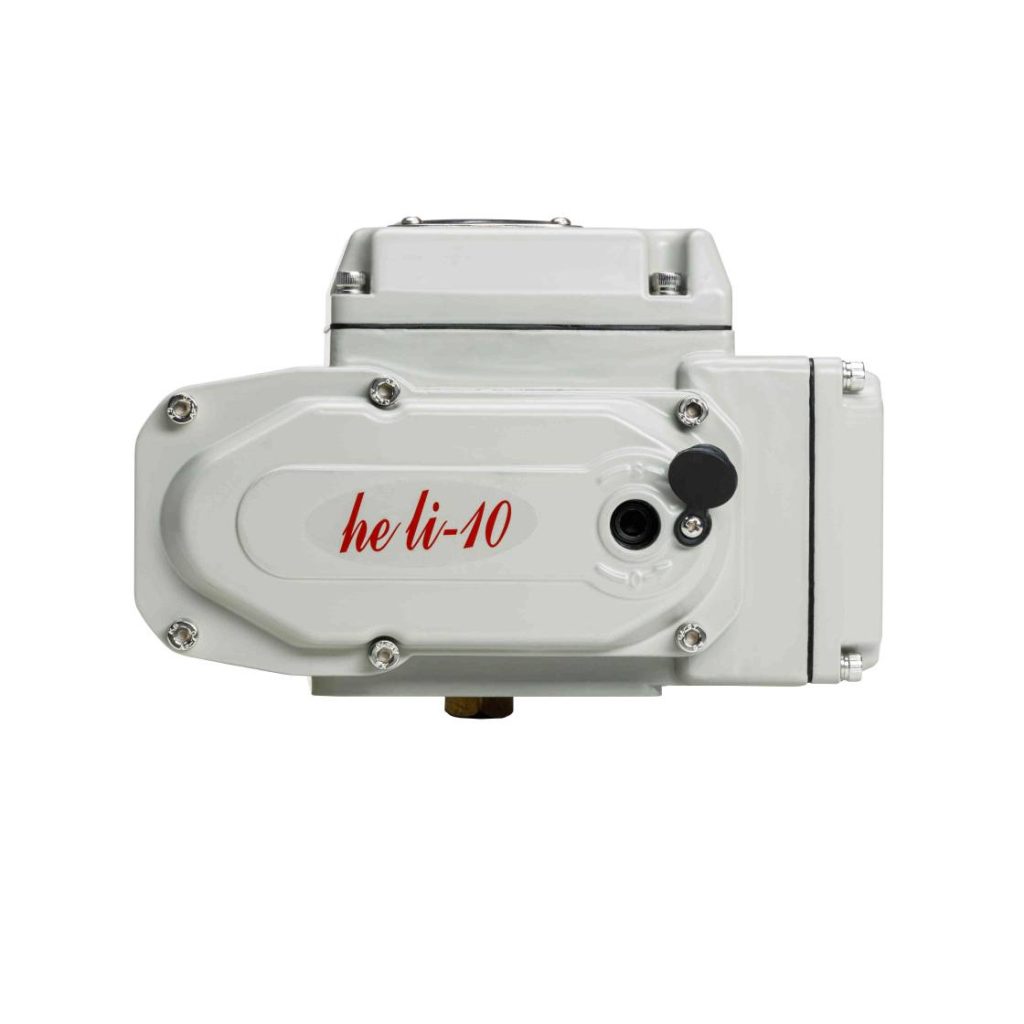Waterproof electric actuators have emerged as essential components in various industries, particularly those where harsh environmental conditions are a concern. These actuators combine the precision and efficiency of electric motors with the robustness of waterproofing technology, enabling machines to operate reliably in wet, humid, or submerged environments. In this article, we will explore the importance of waterproof electric actuators, their applications, advantages, and the technology behind them.

What is a Waterproof Electric Actuator?

An electric actuator is a device that uses an electric motor to convert electrical energy into mechanical motion, typically in the form of rotational or linear movement. When it comes to waterproof electric actuators, the focus is on the actuator’s ability to resist the ingress of water and maintain operational performance in environments exposed to moisture or submersion. These actuators are typically built with high-quality sealing materials, corrosion-resistant coatings, and robust housings to prevent water from entering critical internal components. Waterproof electric actuators are commonly classified based on their Ingress Protection (IP) rating, which indicates the level of protection provided against water and dust. The higher the IP rating, the more resistant the actuator is to water and other environmental factors. For instance, an actuator with an IP68 rating can be submerged in water for prolonged periods without compromising performance.
